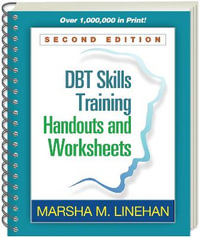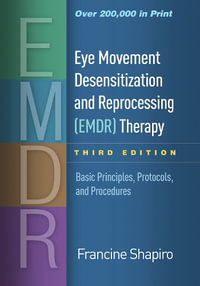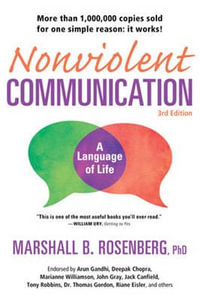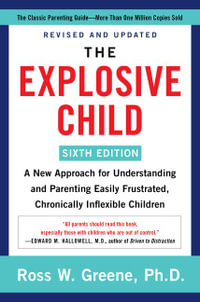
Language Acquisition By Eye
By: Charlene Chamberlain (Editor), Jill P. Morford (Editor), Rachel I. Mayberry (Editor)
Hardcover | 1 August 1999 | Edition Number 1
At a Glance
Hardcover
RRP $284.00
$200.95
29%OFF
Aims to ship in 7 to 10 business days
ISBN: 9780805829372
ISBN-10: 0805829377
Published: 1st August 1999
Format: Hardcover
Language: English
Number of Pages: 296
Audience: Professional and Scholarly
Publisher: Taylor & Francis Ltd
Country of Publication: US
Edition Number: 1
Dimensions (cm): 22.86 x 15.24 x 1.75
Weight (kg): 0.56
Shipping
| Standard Shipping | Express Shipping | |
|---|---|---|
| Metro postcodes: | $9.99 | $14.95 |
| Regional postcodes: | $9.99 | $14.95 |
| Rural postcodes: | $9.99 | $14.95 |
How to return your order
At Booktopia, we offer hassle-free returns in accordance with our returns policy. If you wish to return an item, please get in touch with Booktopia Customer Care.
Additional postage charges may be applicable.
Defective items
If there is a problem with any of the items received for your order then the Booktopia Customer Care team is ready to assist you.
For more info please visit our Help Centre.
You Can Find This Book In
This product is categorised by
- Non-FictionLanguage & LinguisticsLinguisticsPsycholinguisticsLanguage Acquisition
- Non-FictionEducationSchools & Pre-SchoolsPrimary Schools
- Non-FictionEducationSchools & Pre-SchoolsPre-School & Kindergarten
- Non-FictionEducationTeaching of Specific Groups with Special Educational NeedsTeaching of Physically Disabled StudentsTeaching of Hearing-Impaired Students
- Non-FictionPsychology
- Non-FictionLanguage & LinguisticsLinguisticsSign Languages
- Non-FictionMedicineOther Branches of MedicineTherapy & TherapeuticsSpeech & Language Disorders & Therapy
- Non-FictionLanguage & LinguisticsLinguisticsTranslation & Interpretation























